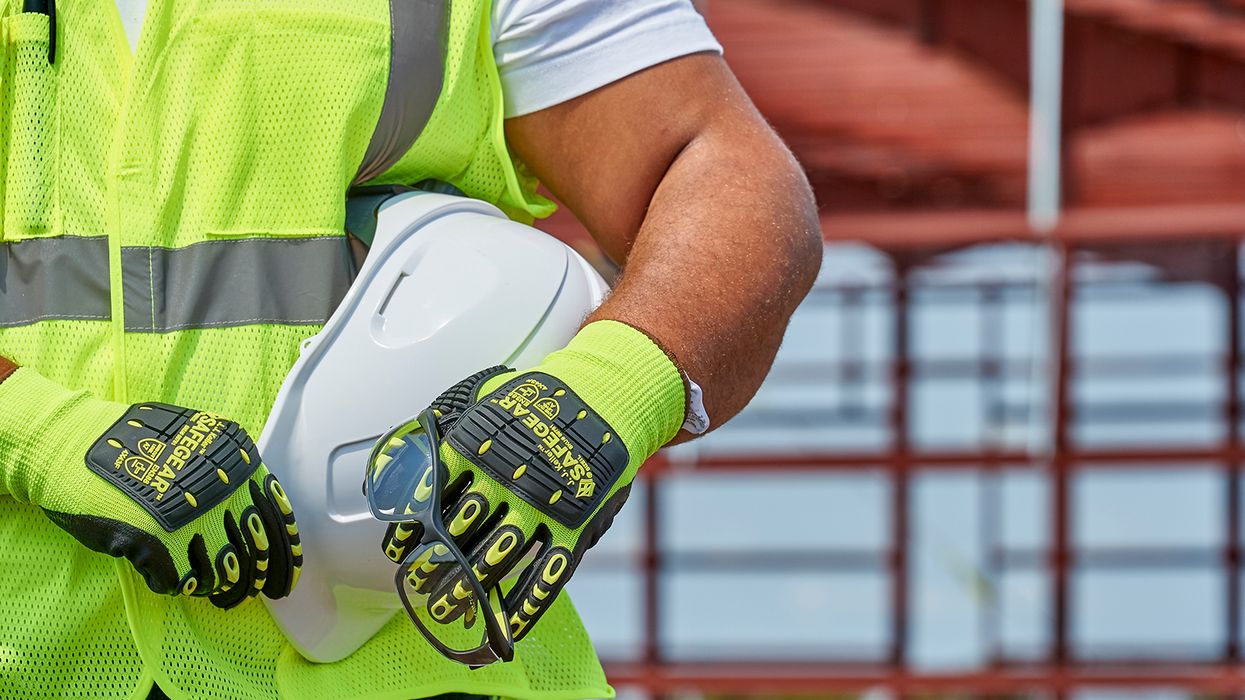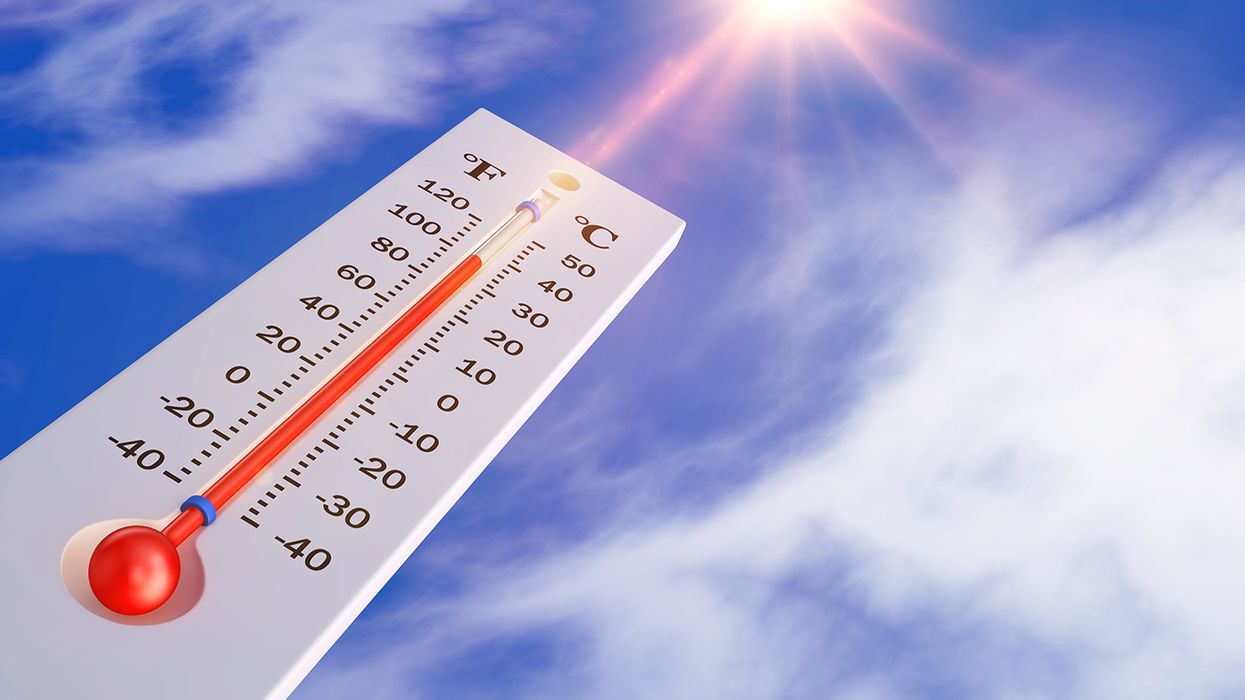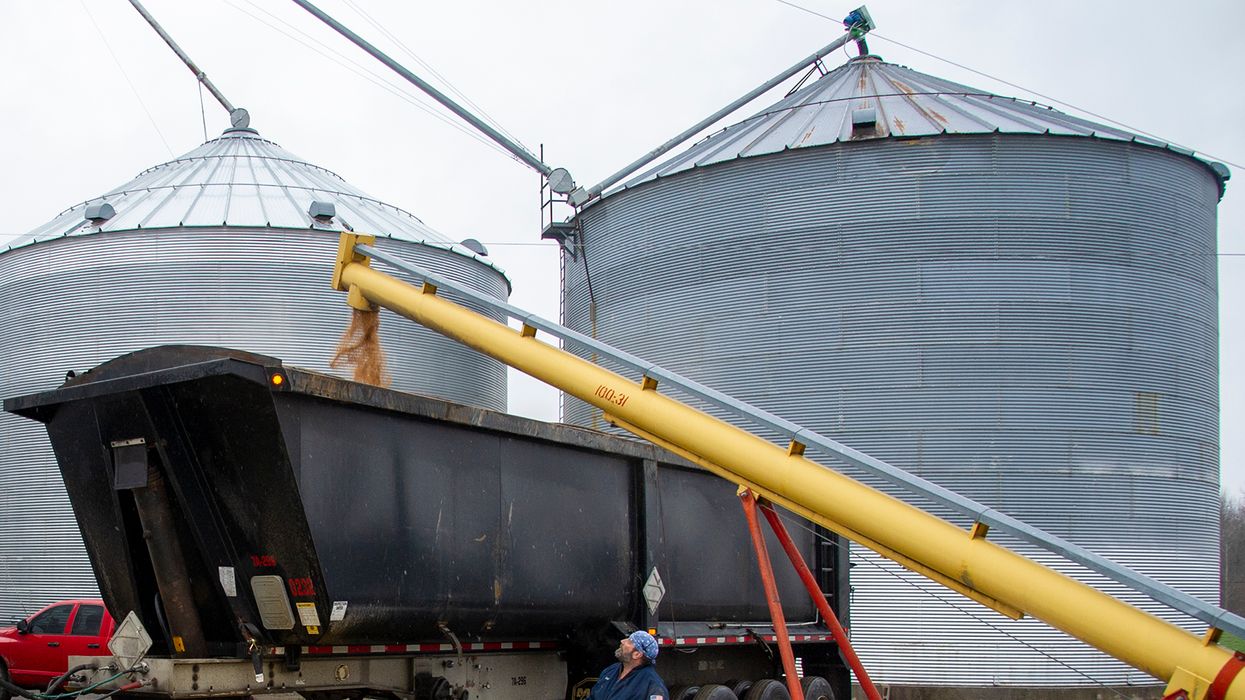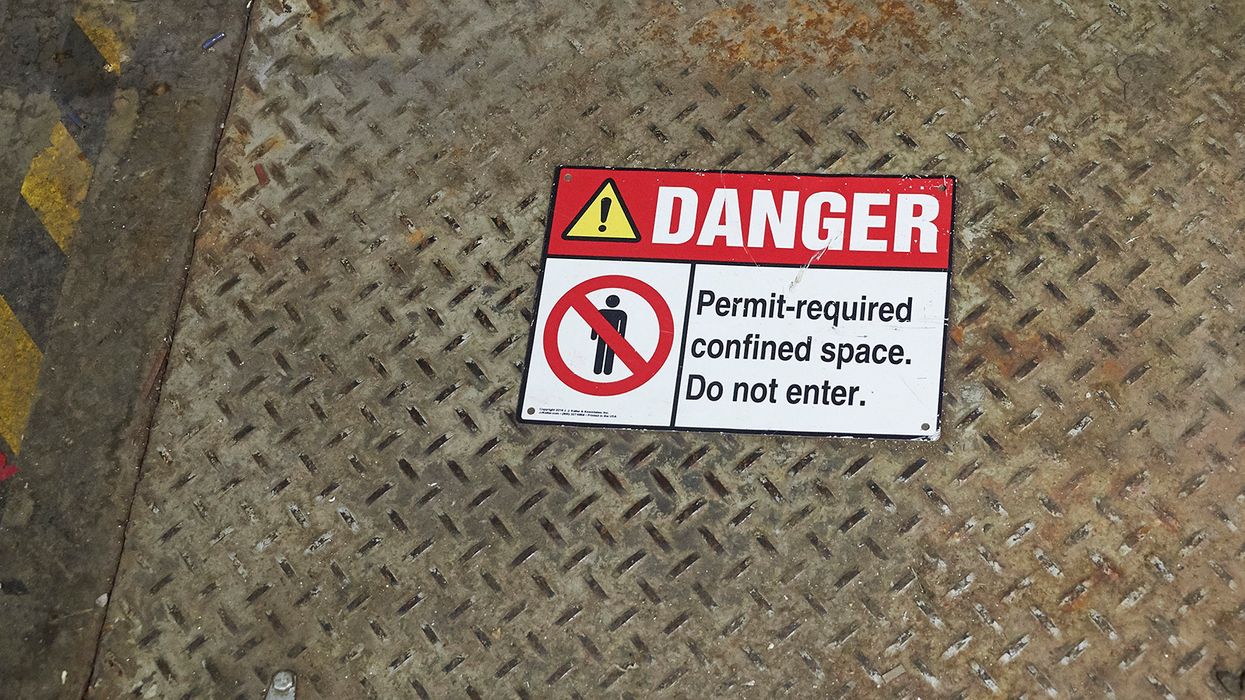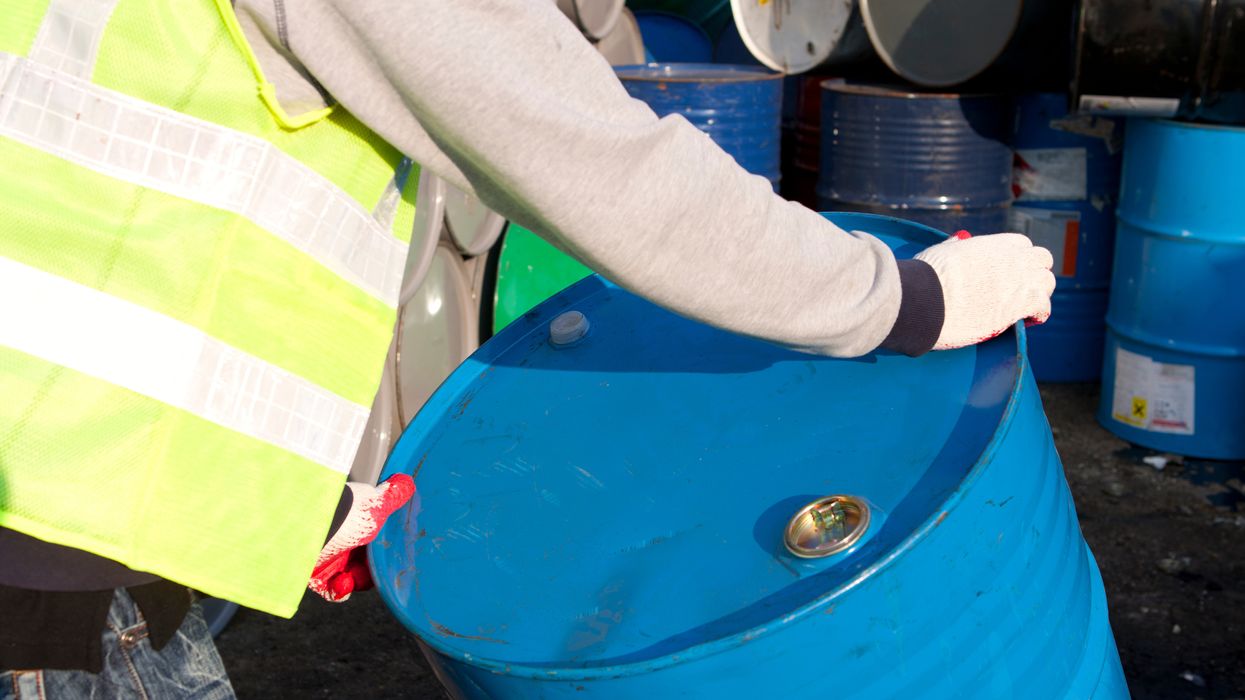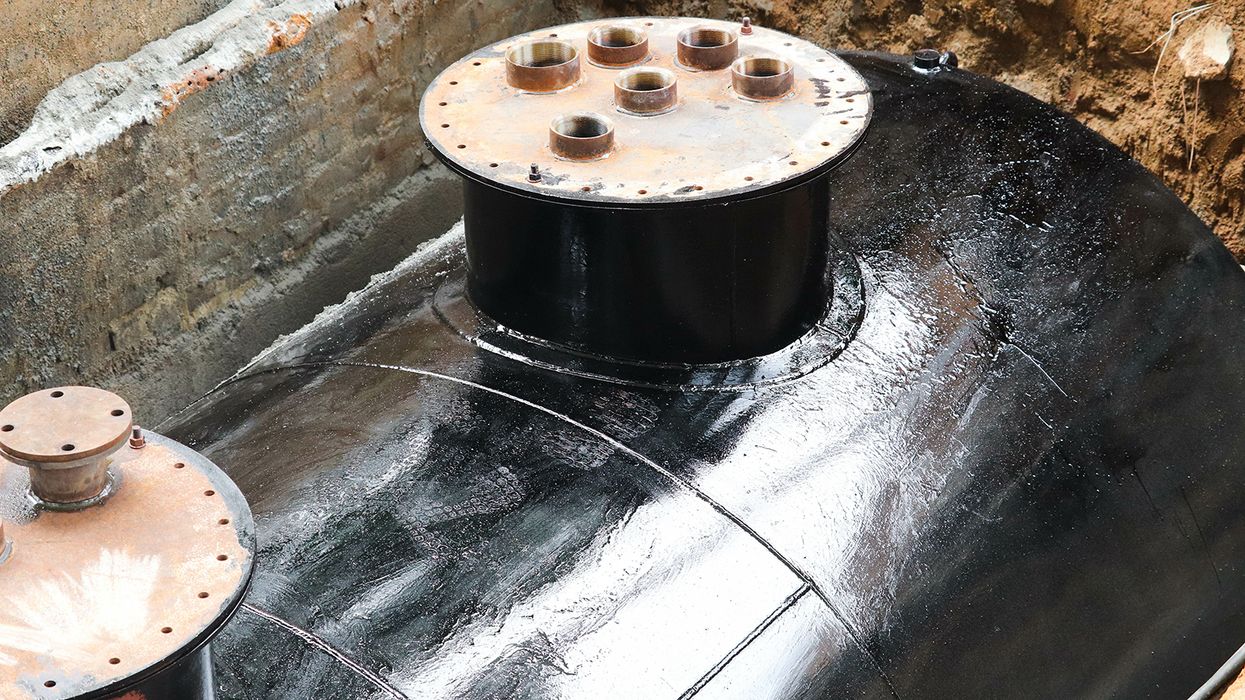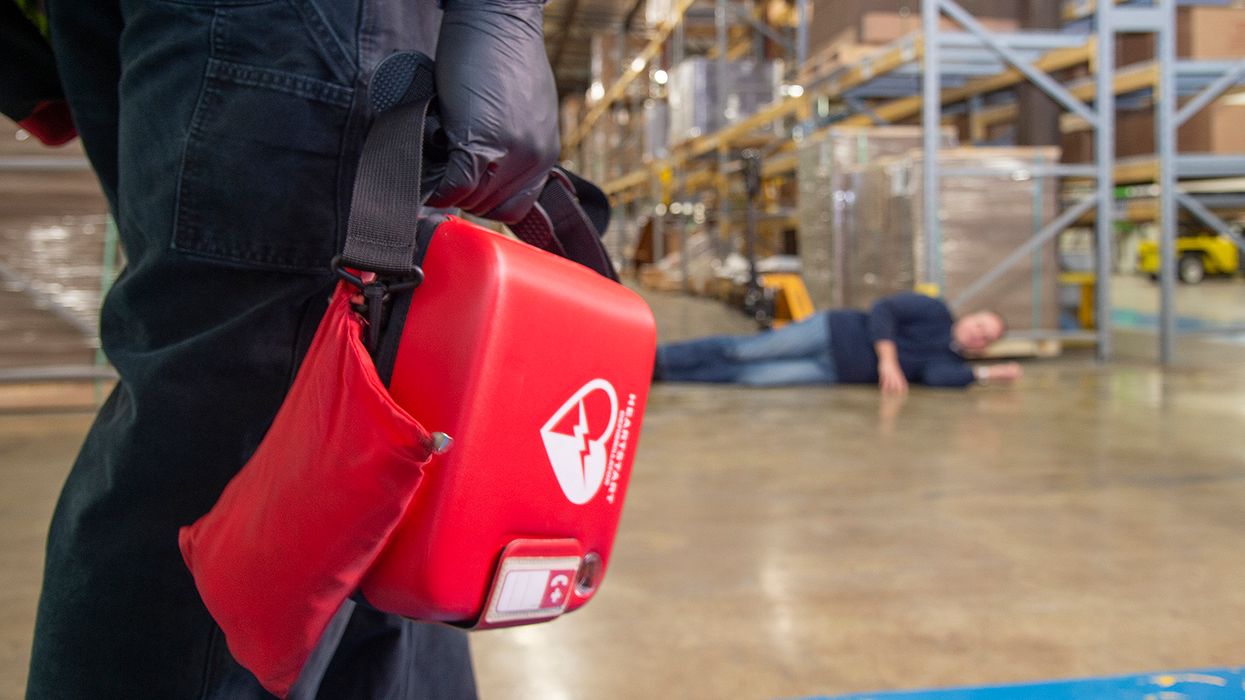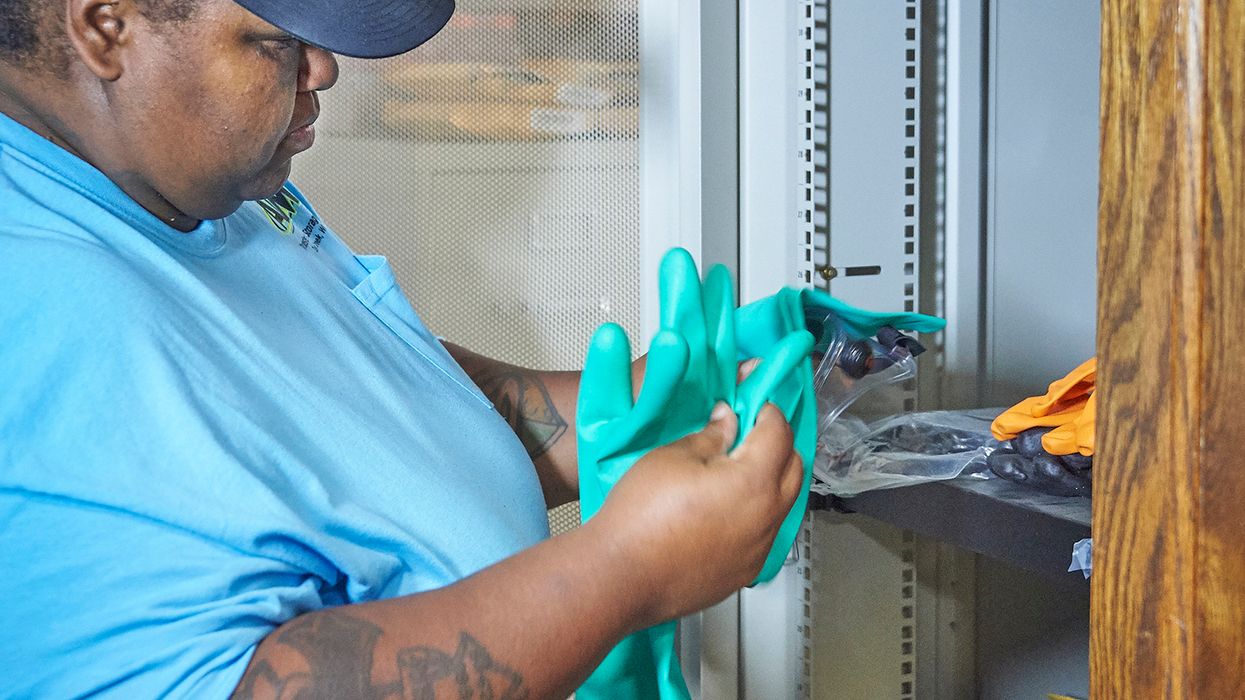10-9-2024 OSHA Correction to Final Rule: Hazard Communication Standard
OSHA is correcting several inadvertent errors in its Hazard Communication Standard (HCS) which were published in the Federal Register on May 20, 2024. The agency has identified several errors in the regulatory text and appendices to the HCS which pertain to the classification of hazardous chemicals and information presented on labels and Safety Data Sheets (SDSs). The agency believes these errors, although minor and primarily typographical in nature, should be addressed expeditiously to avoid confusion or unnecessary costs in the regulated community due to incorporation of errors on labels and SDSs. OSHA is continuing its review of the regulatory text and will issue another correction document to address additional minor errors at a later date.
DATES: October 9, 2024, published in the Federal Register October 9, 2024, page 81829.
View final rule.
| Part 1910 - Occupational Safety and Health Standards | ||
| Authority: | Added | View text |
| §1910.1200 Hazard communication. | ||
| (d)(1) | Revised and republished | View text |
| (f)(11)(i) | View text | |
| Appendix A table A.1.1, paragraph A.1.3.6.2.4, table A.2.2, table A.2.3 and table A.7.1 | Revised and republished | View text |
| Appendix B table B.3.1 and table B.12.1 | Revised and republished | View text |
| Appendix C table C.4.16 | Revised and republished | View text |
Previous Text
§1910.1200 Hazard communication.
* * * *
(d) Hazard classification. (1) Chemical manufacturers and importers shall evaluate chemicals produced in their workplaces or imported by them to classify the chemicals in accordance with this section. Employers are not required to classify chemicals unless they choose not to rely on the classification performed by the chemical manufacturer or importer for the chemical to satisfy this paragraph (d)(1). For each chemical, the chemical manufacturer or importer shall determine the hazard classes, and where appropriate, the category of each class that apply to the chemical being classified. The hazard classification shall include any hazards associated with the chemical's intrinsic properties including:
* * * *
(11) Label Updates. (i) Chemical manufacturers, importers, distributors, or employers who become newly aware of any significant information regarding the hazards of a chemical shall revise the labels for the chemical within six months of becoming aware of the new information and shall ensure that labels on containers of hazardous chemicals shipped after that time contain the new information. For chemicals that have been released for shipment and are awaiting future distribution, chemical manufacturers, importers, distributors, or employers have the option not to relabel those containers; however, if they do not relabel the containers, they must provide the updated label for each individual container with each shipment.
Appendix A to 1910.1200-Health Hazard Criteria (Mandatory)
* * * *
| Exposure route | Category 1 | Category 2 | Category 3 | Category 4 |
|---|---|---|---|---|
| Oral (mg/kg bodyweight)
see: Note (a) Note (b) | ATE ≤ 5 | >5 ATE ≤ 50 | >50 ATE ≤ 300 | >300 ATE ≤ 2000. |
| Dermal (mg/kg bodyweight)
see: Note (a) Note (b) | ATE ≤ 5 | >50 ATE ≤ 200 | >200 ATE ≤ 1000 | >1000 ATE ≤ 2000. |
| Inhalation—Gases (ppmV)
see: Note (a) Note (b) Note (c) | ATE ≤ 100 | >100 ATE ≤ 500 | >500 ATE ≤ 2500 | >2500 ATE ≤ 20000. |
| Inhalation—Vapors (mg/l)
see: Note (a) Note (b) Note (c) Note (d) | ATE ≤ 0.5 | >0.5 ATE ≤ 2.0 | >2.0 ATE ≤ 10.0 | >10.0 ATE ≤ 20.0. |
| Inhalation—Dusts and Mists (mg/l) see: Note (a) Note (b) Note (c) | ATE ≤ 0.05 | >0.05 ATE ≤ 0.5 | >0.5 ATE ≤ 1.0 | >1.0 ATE ≤ 5.0. |
| Note: Gas concentrations are expressed in parts per million per volume (ppmV). Notes to Table A.1.1: (a) The acute toxicity estimate (ATE) for the classification of a substance is derived using the LD 50 /LC 50 where available. (b) The acute toxicity estimate (ATE) for the classification of a substance or ingredient in a mixture is derived using: (i) the LD 50 /LC 50 where available. Otherwise, (ii) the appropriate conversion value from Table 1.2 that relates to the results of a range test, or (iii) the appropriate conversion value from Table 1.2 that relates to a classification category; (c) Inhalation cut-off values in the table are based on 4 hour testing exposures. Conversion of existing inhalation toxicity data which has been generated according to 1 hour exposure is achieved by dividing by a factor of 2 for gases and vapors and 4 for dusts and mists; (d) For some substances the test atmosphere will be a vapor which consists of a combination of liquid and gaseous phases. For other substances the test atmosphere may consist of a vapor which is nearly all the gaseous phase. In these latter cases, classification is based on ppmV as follows: Category 1 (100 ppmV), Category 2 (500 ppmV), Category 3 (2500 ppmV), Category 4 (20000 ppmV). The terms “dust”, “mist” and “vapor” are defined as follows: (i) Dust: solid particles of a substance or mixture suspended in a gas (usually air); (ii) Mist: liquid droplets of a substance or mixture suspended in a gas (usually air); (iii) Vapor: the gaseous form of a substance or mixture released from its liquid or solid state. | ||||
A.1.3.6.2.4 If the total concentration of the relevant ingredient(s) with unknown acute toxicity is ≤10% then the formula presented in A.1.3.6.1 must be used. If the total concentration of the relevant ingredient(s) with unknown acute toxicity is ≤10%, the formula presented in A.1.3.6.1 is corrected to adjust for the percentage of the unknown ingredient(s) as follows:
| Criteria | |
|---|---|
| a Grading criteria are understood as described in OECD Test Guideline 404. | |
| Irritant (Category 2) | (1) Mean score of ≥2.3 ≤4.0 for erythema/eschar or for edema in at least 2 of 3 testedanimals from gradings at 24, 48, 72 hours after patch removal or, if reactions are delayed, from grades on 3 consecutive days after the onset of skin reactions; or |
| (2) Inflammation that persists to the end of the observation period normally 14 days in at hyperplasia, and scaling; or | |
| (3) In some cases where there is pronounced variability of response among animals, with very definite positive effects related to chemical exposure in a single animal but less than the criteria above. | |
| Sum of ingredients classified as: | Concentration triggering classification of a mixture as: | |
|---|---|---|
| Skin corrosive | Skin irritant | |
| Category 1 | Category 2 | |
| Skin Category 1 | ≥5% | ≥1% but <5% |
| Skin Category 2 | ≥10% | |
| (10 × Skin Category 1) + Skin Category 2 | ≥10% | |
| Note: Where the sub-categories of skin Category 1 (corrosive) are used, the sum of all ingredients of a mixture classified as sub-category 1A, 1B or 1C respectively, must each be ≥5% in order to classify the mixture as either skin sub-category 1A, 1B or 1C. Where the sum of 1A ingredients is <5% but the sum of 1A + 1B ingredients is ≥5%, the mixture must be classified as sub-category 1B. Similarly, where the sum of 1A + 1B ingredients is <5% but the sum of 1A + 1B + 1C ingredients is ≥5% the mixture must be classified as sub-category 1C. Where at least one relevant ingredient in a mixture is classified as a Category 1 categorization, the mixture must be classified as Category 1 without sub-categorization if the sum of all ingredients corrosive to skin is ≥5%. | ||
| Ingredient classified as | Cut-off values/concentration limits triggering classification of a mixture as | ||
|---|---|---|---|
| Category 1 reproductive toxicant | Category 2 reproductive toxicant | Additional category for effects on or via lactation | |
| Category 1 reproductive toxicant | ≥0.01% | ||
| Category 2 reproductive toxicant | ≥0.01% | ||
| Additional category for effects on or via lactation | ≥0.01% | ||
Appendix B to 1910.1200-Physical criteria (Mandatory)
* * * *
| Category | Criteria |
|---|---|
| 1 | Contains ≥85% flammable components and the chemical heat of combustion is ≥30 kJ/g; or
|
| 2 | Contains >1% flammable components, or the heat of combustion is ≥20 kJ/g; and
and it does not meet the criteria for Category 1. |
| 3 |
|
| Category | Criteria |
|---|---|
| Note: Classification of solid chemicals shall be based on tests performed on the chemical as presented. If, for example, for the purposes of supply or transport, the same chemical is to be presented in a physical form different from that which was tested and which is considered likely to materially alter its performance in a classification test, classification must be based on testing of the chemical in the new form. | |
| 1 | Any chemical which, in the 1:1 mixture, by mass, of chemical and cellulose tested, spontaneously ignites; or the mean pressure rise time of a 1:1 mixture, by mass, of chemical and cellulose is less than that of a 1:1 mixture, by mass, of 50% perchloric acid and cellulose; |
| 2 | Any chemical which, in the 1:1 mixture, by mass, of chemical and cellulose tested, exhibits a mean pressure rise time less than or equal to the mean pressure rise time of a 1:1 mixture, by mass, of 40% aqueous sodium chlorate solution and cellulose; and the criteria for Category 1 are not met; |
| 3 | Any chemical which, in the 1:1 mixture, by mass, or chemical and cellulose tested, exhibits a mean pressure rise time less than or equal to the mean pressure rise time of a 1:1 mixture, by mass, of 65% aqueous nitric acid and cellulose; and the criteria for Categories 1 and 2 are not met. |
Appendix C to 1910.1200-Allocation of label elements (Mandatory)
* * * *























